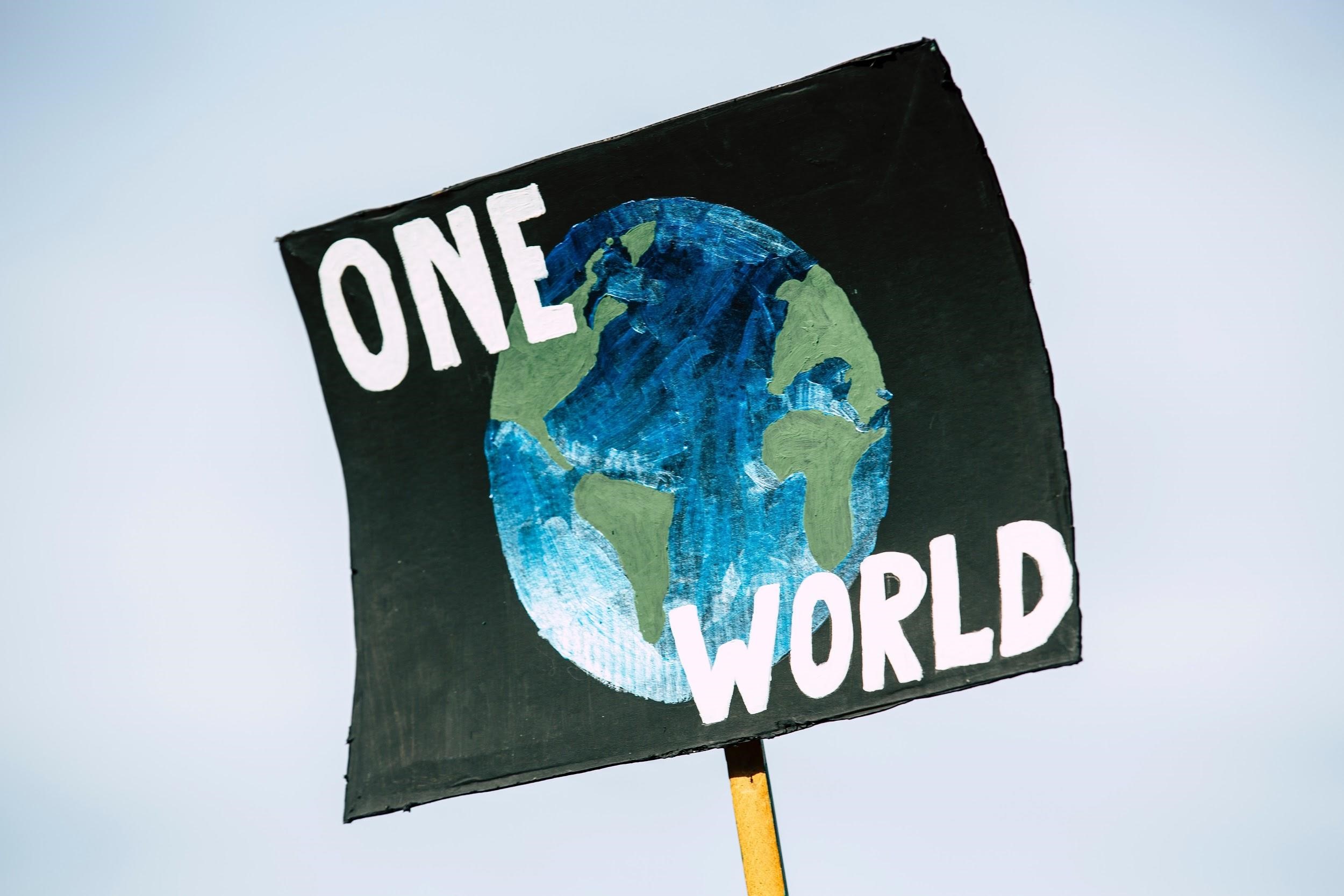From fires in Australia to swarms of locusts in Africa, the impact of climate change continues to affect environments around the world. As the situation grows more dire with each passing year, climate change education is more important than ever. To prepare the future generation to combat climate change, schools must play an active role in educating children about what they can do to save the planet.
In countries like Italy and in U.S. states like California, many institutions are already on board and incorporate climate change education in the classroom. However, for a variety of reasons, including climate change denialism, other schools have yet to join the cause.
Until now, these schools have tried to distance themselves from the climate change issue, but their role in awareness education is too powerful for them to maintain their inaction. As with the opioid epidemic, educators are in a unique position to expose the dangers of situations that society has let grow out of control.
Educating the future generation about climate change
One of the regions of the world most affected by climate change is the Mediterranean, which includes countries like Catalonia and Italy. In 2019, the highest tide in 50 years flooded Venice’s iconic canals and left much of the city underwater. In response to the growing threat that climate change poses to not only this country but to the world, Italian education minister Lorenzo Fioramonti announced that the government is requiring state schools to dedicate one hour per week to climate change education.
In the United States, California leads the way in climate change education, with school boards across the state adopting it as part of their curriculum. Since 2013, under the Next Generation Science Standards, the state has mandated that middle school and high school teachers educate students about environmental literacy.
The next generation of activists has demanded such educational reform. In both Italy and California, the students led the crusade to incorporate climate change education in the classroom. Protests and walkouts have demonstrated just how committed they are to the cause, and Devry University believes this level of engagement and inspiration is vital for successful climate change education.
Not every student is a committed activist, yet. To encourage students to get involved and care about the environment, Devry suggests that educators utilize positive peer influence to motivate students and to construct a learning environment where they can interact with each other as well as with the wider world.
Convincing slow-moving schools to join the fight
Unfortunately, as of today, not all students are learning about climate change in the classroom. EdSource contributor Sydney Johnson reports that some institutions have been slow to incorporate climate change education in the classroom because educators believe there’s still too much unknown about the subject.
An NPR survey revealed that most teachers don’t integrate climate change in their lesson plans. The survey noted that, in addition to not knowing enough about the subject, the top reasons teachers don’t teach climate change are because they believe it’s not related to the subject they teach or think the students are too young. The survey also showed that the majority of teachers and parents are in favor of incorporating climate change education in the classroom. With that support, educators across subjects are working to make it a part of their lessons.
As educators, parents, and students work together to convince slow-moving schools to make climate change education part of the curriculum, NPR correspondent Anya Kamenetz collected suggestions for how teachers, regardless of their subject area, can address the issue in their classrooms. Ideas include assigning a novel, doing a service project, and starting a school garden.
Raising awareness about other issues
While it’s been a struggle to incorporate climate change education in the classroom, advocates for including it in the curriculum press forward. They recognize the powerful role educational institutions have in raising awareness about societal issues.
For example, over the years, schools have prioritized educating students about the dangers of drug and alcohol use. In fact, by shining a light on the negative effects of drugs, educators have exposed the dangers of the opioid epidemic to students. This awareness-education has likely saved countless lives.
Whether it’s the opioid epidemic or climate change, schools play a vital role in preparing young people for the world they’ll face after graduation. Since it falls on the shoulders of the future generation of children to save the planet, it’s only fair to incorporate climate change in the classroom to give them the knowledge they need to succeed.

